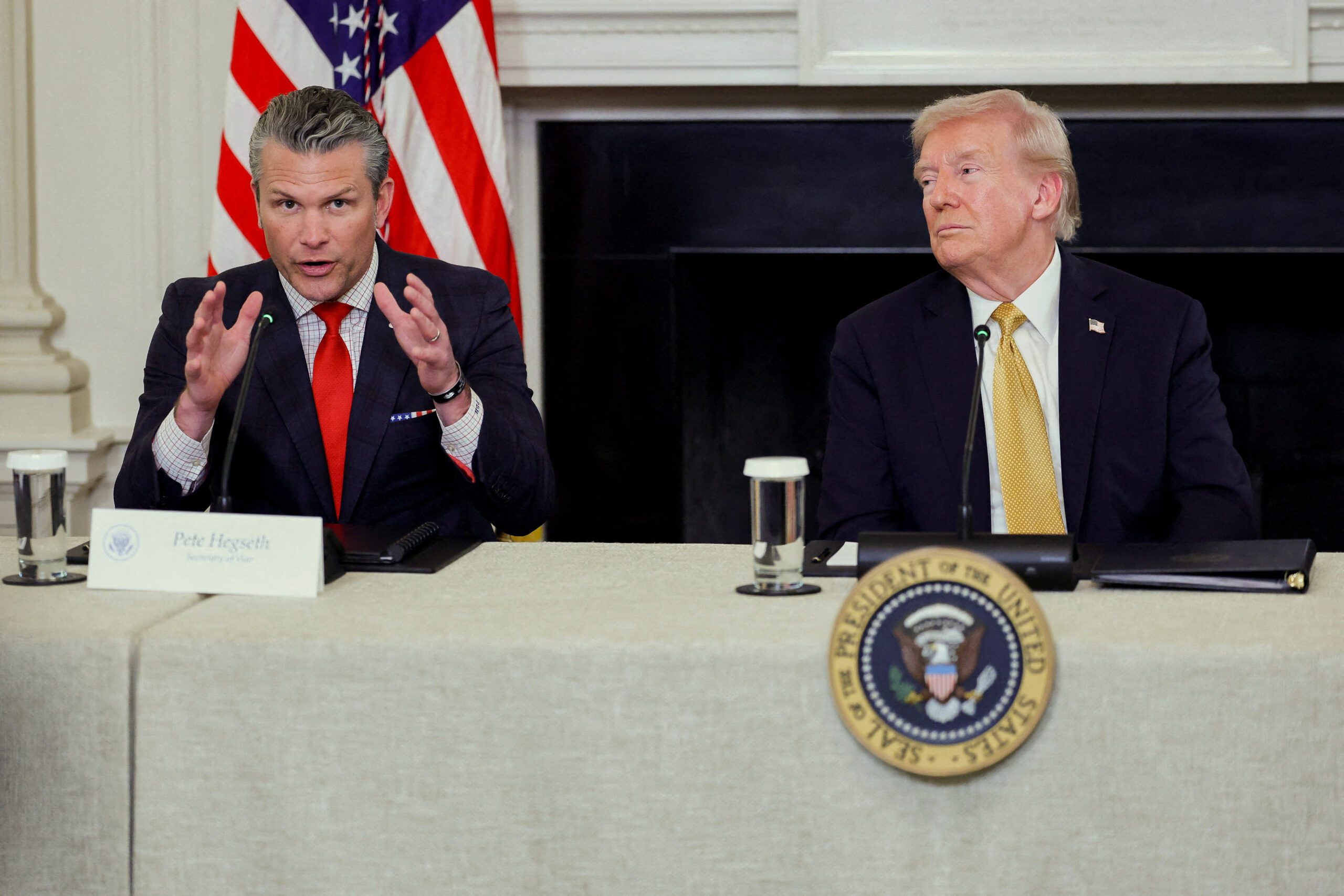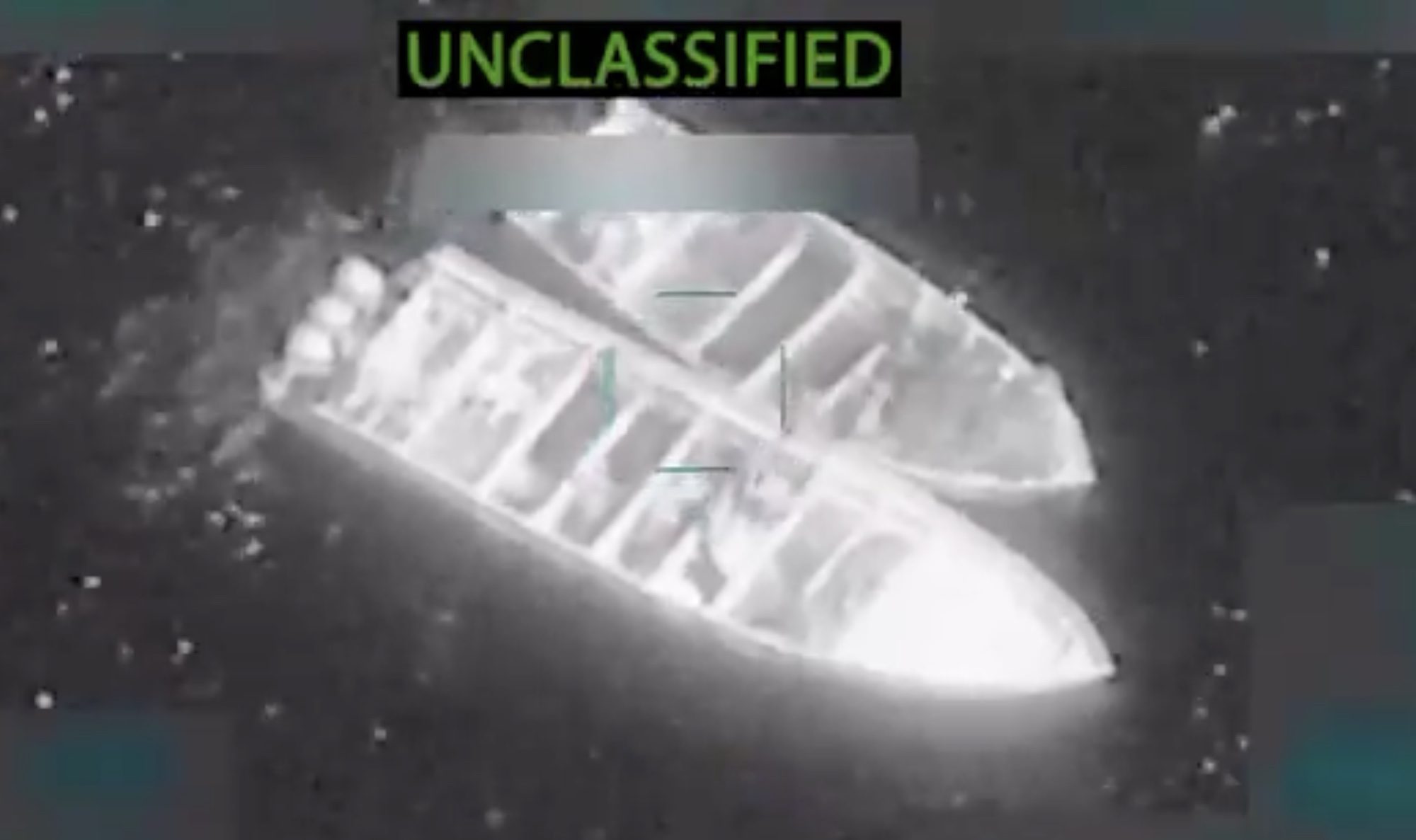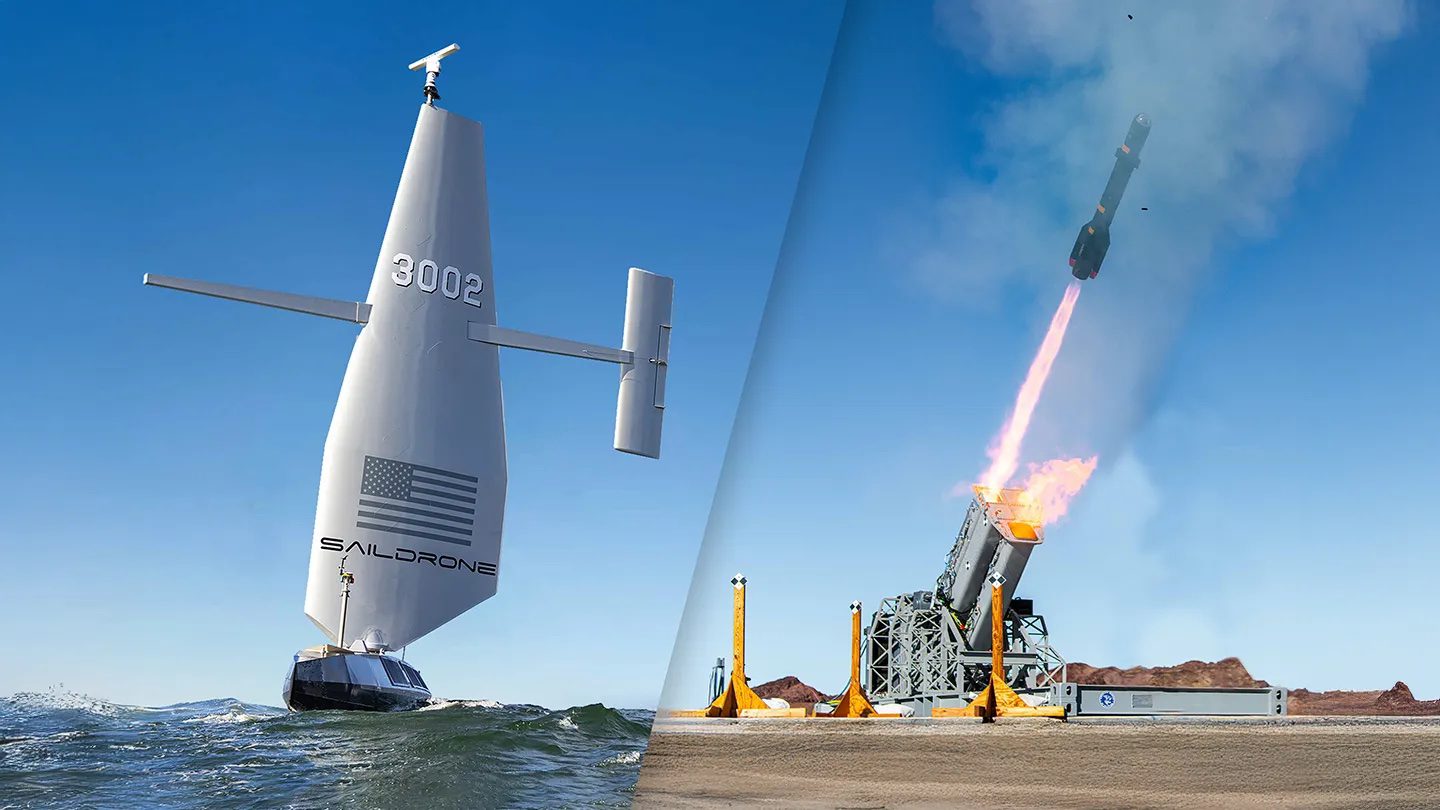By Peter Martin and Andreo Calonzo (Bloomberg) —
The Philippines is weighing a new approach in the South China Sea where increasing encounters with Beijing have damaged its vessels and injured its crew, according to its defense chief who signaled that he wants maritime operations to be “less telegraphic.”
“We are re-strategizing the way we do things, naturally with the end in view of both preventing injuries and number two, upholding the dignity of our country,” Defense Secretary Gilberto Teodoro Jr. said in an interview in his office in Manila earlier Tuesday.
Teodoro declined to elaborate on the adjustment to the country’s strategy as he said the Philippines has a “range of options” to counter China, which lays sweeping claims in the key waterway. “If you are stuck to one mode, it is easy to anticipate,” he said.
The defense chief’s remarks come as three Chinese coast guard ships fired water cannons at two Philippine vessels near Scarborough Shoal on Tuesday in yet another example of China’s game plan to counter the Philippines’ growing assertiveness in the disputed waters.
Under President Ferdinand Marcos Jr. since 2022, the Philippines has followed a strategy of transparency, wherein it’s called attention to China’s actions in the South China Sea on social media and through press releases. It remains to be seen how this would change once Teodoro’s new plan materializes, if at all.
“The main point that we have to stress is that we will not give up our presence in the Second Thomas Shoal and we will not enter into any modus vivendi that will compromise our position regarding our rights in the area,” he said. Nestled in the shoal is the Sierra Madre — a crumbling warship that Manila deliberately grounded on the shoal in 1999 to serve as a military outpost.
Along with Taiwan, the standoff between the Philippines and China over a series of contested reefs and islands has become a critical flashpoint in the region. The Philippine military and coast guard have ramped up operations to supply troops and shore up the crumbling Sierra Madre.
Beijing has strongly opposed the delivery of construction materials to the warship, blocking Philippine resupply vessels and resorting to water cannons to prevent the Southeast Asian nation from repairing the ship. On Tuesday, the Philippine Daily Inquirer reported that the Navy spotted three research vessels from China in the Second Thomas Shoal, days after the military said it detected the “unauthorized presence” of a research vessel with a Chinese flag near a province in the main island of Luzon.
China has been “more assertive” and “more visible not only in the West Philippine Sea, but in the eastern seaboard,” Teodoro said, referring to the Chinese research vessel spotted there recently. The behavior may be related to the Philippines’s ongoing military drills with the US known as “Balikatan,” he added.
The US has pledged to stand by the Philippines and is conducting annual joint exercises with the country’s troops through May 10 as ties between the longstanding allies are strengthened under Marcos.
Teodoro said he expects Manila’s military ties with Washington to grow in the coming years. This could include the co-production of defense equipment, as well as greater intelligence sharing with the US.
Elsewhere, the Philippines is looking to finalize a defense deal with Japan within the year, and is also seeking to start talks with France on a visiting forces agreement. India is also keen to bolster defense ties, he said.
China views Philippine actions in the South China Sea, as well as deepening ties with the US as “provocations,” the defense secretary said.
“The word provocation has been uttered by China several times against Japan, against the Group of Seven,” he said. “I really don’t know what the definition of provocation is in the dictionary of Chinese.”
© 2024 Bloomberg L.P.

 Join The Club
Join The Club










